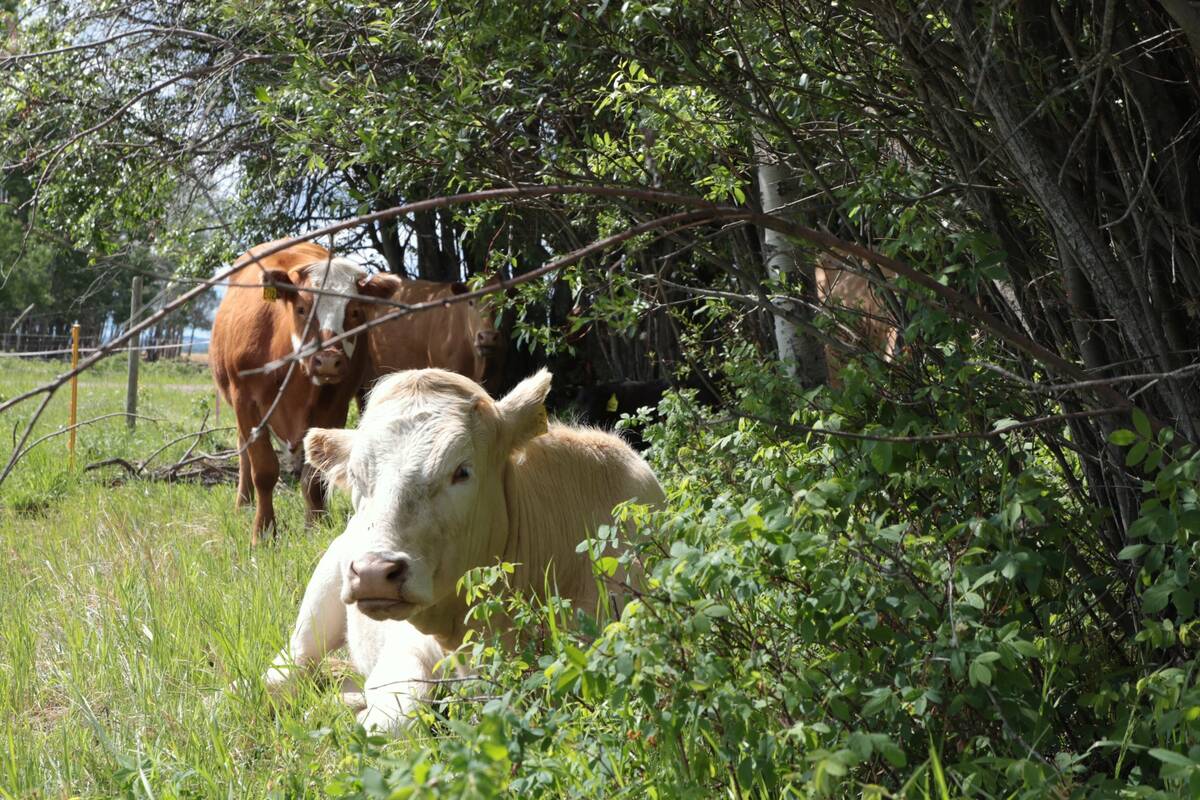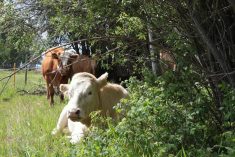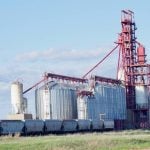It has been proven time and again that sickness and death are reduced by pre-immunizing calves, and that vaccination is cheaper than treatment later.
If you have not immunized at spring turnout for the common diseases such as blackleg (seven- or eight-way), IBR, PI3, BVD, BRSV, do it now. The most prevalent respiratory pathogens Mannheimia hemolytica, Pasteurella multocida and histophilus are also thrown into the mix. Most vets are recommending these as the infectious diseases to vaccinate for.
The most important thing to remember is the calves ideally should have protection to these diseases before the stress of weaning. If vaccinated initially in spring the booster can be given right at weaning.
Read Also

Hot tips for cow-calf beef farmers
From cattle vaccination and stomach ulcers to headline-making diseases like bovine tuberculosis: Thoughts from a long-time western Canadian veterinarian
Any other stressful procedures such as castration of the poorer bulls or tattooing are best done ahead of weaning as well. Hopefully these procedures are already done but if not don’t leave them till weaning. The only stress at weaning should be the actual weaning event itself. If using bands for castrations make sure and give tetanus vaccine as well.
If the calves were NOT immunized at spring turnout the priming or initial shots must be given at least two weeks prior to the major stress of weaning. This allows the calves to achieve maximum immunity. This requires the herd to be brought in, separated, immunized and put back together. Effort that is well worth the investment in healthier calves that go on to gain well and make good breeding stock. If doing the two-stage weaning with the nose flaps these could be put on now.
Most producers can attain the protection they require by giving two main vaccinations in the fall. A multivalent viral vaccine contains protection against IBR, PI3 and BRSV the respiratory viral diseases as well as BVD. BVD is often involved in the respiratory disease complex as well as causing severe diarrhea. BVD and IBR are also the two main reproductive diseases we want to especially protect the replacement heifers from. These virals can be combined with the respiratory pathogens as well. The second vaccination involves seven-way or eight-way blackleg combined with haemophilus.
Your veterinarian may insist you use a mannheimia/pasteurella vaccine if he/she considers the calves you are purchasing are high risk or bacterial pneumonias are a problem with your calves. This generally is more of a problem on auction market-derived commingles calves or those which have been transported a long way. The vaccines for pasteurella/mannheimia have gotten a lot more protective over the years. They come in various combinations with the other respiratory diseases as well. Your veterinarian could best advise the best combination for your farm and geographic area. Use the combinations, which minimize the number of shots necessary.
The trend is always to use the modified live vaccines (where you mix the liquid to activate the powder) because they instil a better immunity in the calves and are generally cheaper. These are fragile vaccines once mixed so don’t overheat or freeze them and use any mixed product within two hours. If the modified vaccines are used in the spring at turnout and/or in the fall it is imperative the cow herd has been well protected for the reproductive diseases IBR and BVD ahead of time. As long as the cows have good immunity to these diseases the calves can be given the modified live vaccines while still sucking their mothers.
Histophilus (ITEME) is still a dominant killer in feedlots across Western Canada, which is why vaccinating and boostering is worthwhile. A lot of the chronics in feedlots, from heart abscesses to severe arthritis, can be traced back to this disease. Vaccinating prior to weaning is critical to acquire the immunity necessary to protect calves from the many forms of this disease. Even though feedlots vaccinate directly upon arrival they still have a large number of cases. This is simply because it is too late and vaccinating when calves are stressed does not achieve as high a level of immunity. This constitutes a second-choice option at best.
Follow the weather reports and try to wean when weather is the most stable. Snowstorms or times when temperatures are really fluctuating are obviously not ideal times to wean. When temperatures fluctuate below freezing at night to warm during the day this allows for a natural buildup of extra fluid on the lungs. In stressed calves this is where the respiratory viruses such as BRSV will multiply. We definitely see more severe cases of BRSV in farm-raised calves than in purchased ones. This makes vaccination for this disease imperative if retaining ownership. This disease is often covered in what we call the five-way vaccines. Most veterinary products carry this vaccine combined with the IBR PI3 and BVD (two types) vaccine. Hence the name five-way.
Remember to apply an endectocide together with an oral dewormer like Safeguard as this should remove all internal and external parasites improving gain and maintaining healthier calves. This is getting to be routine across Canada. Removing the parasites helps the calves develop a good immunity to vaccines.
We always try to use subcutaneous vaccinations wherever possible. This way is easier and there is less chance of needle breakage.
The transition period to get calves started on proper feed is critical. Ideally if they have had creep feed over the summer the change will be minimal. If the calves are used to the pen and know where the watering bowls etc. are change is minimized. It is best to remove the cows and leave calves in their familiar surroundings. This is not always possible I know. Make sure clean water is readily available and there is lots of bunk space. It is also good to spread the forage in several locations to get calves started. Grass hays are the best to start with as they most closely mimic the pasture situation. If grain is introduced begin very gradually and bring up over a week’s time.
When all precautions have been taken still watch diligently especially the first two weeks for signs of respiratory disease and digestive upsets. Work with your nutritionist and veterinarian to assist setting up the ideal program for your calves. Specific pneumonia treatments are best left up to you and your veterinarian.
By utilizing these procedures it is not uncommon to keep death loss very low (in the order of one per cent) and minimize antibiotic usage. For high-risk calves it is still good to give metaphylactic antibiotics on your veterinarian’s recommendations.















